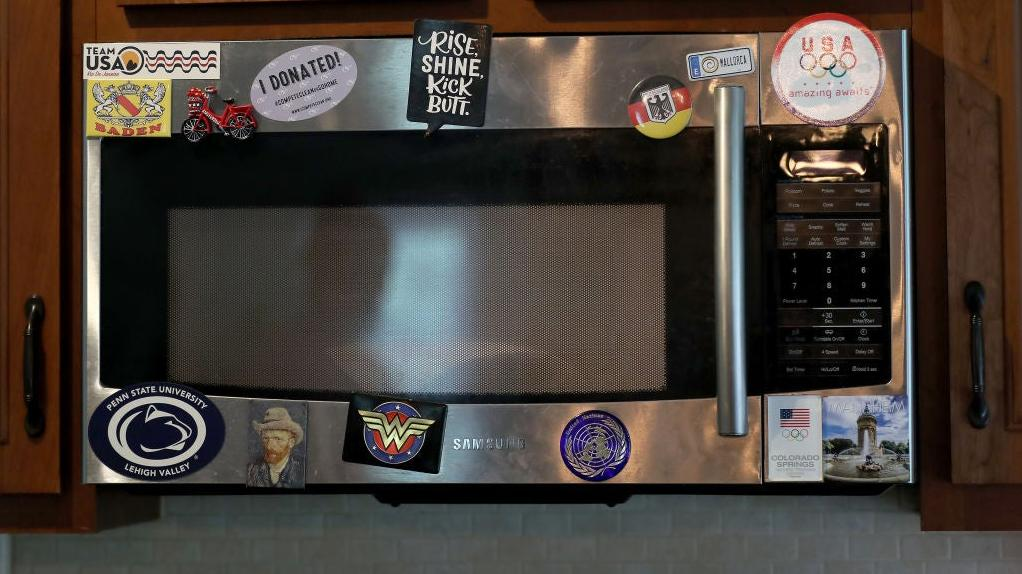Can You "Reverse-Microwave" Food? Guardian readers Present Their Theories
In a Guardian series, readers weigh in on whether or not you can reverse-microwave food.
Microwaves are a pretty useful tool in the kitchen. They're not just for reheating lunch, dinner, or Hot Pockets. In its "readers reply" series, readers of The Guardian recently tackled an issue that I've never actually thought about: Can you reverse-microwave food? As in, create a device to rapidly cool something off instead of heat it? Readers sent in all sorts of replies, and all of them are pretty insightful.
In some well-equipped restaurant kitchens, there's a device called a blast chiller, which is sort of like a reverse convection oven. It uses cold air to rapidly chill food, much more quickly than sticking a tray in the freezer. One Guardian reader, Valeria Andreoli, suggested this device. But that's no fun. I want a science fiction machine, one that can also be used for nefarious purposes.
Another reader, David Sogan, expressed his frustration at not being able to answer this very important question. "I've been grappling with this idea for many years," he wrote. "Tinkering in the garden shed hasn't produced any results yet. Once you have solved this, perhaps you can help me with my other project, the dark torch, which projects a field of 'no light.'" I totally want this dark torch. I'm guessing a miniature black hole generator would do the trick, perhaps resulting in the side effect of obliterating its user.
And of course, actual scientists weighed in too. Reader Rose Brown, who said she's a nuclear scientist with a PhD in physics, replied that she'd been thinking about this too. She explains that there are multiple ways to extract heat from food, which is complicated by the fact that heat is a byproduct of many processes that might cool it off. Brown says that a laser has been proven to produce negative temperatures in a lab, but it doesn't result in cold objects.
Instead Brown suggests a device similar to a blast chiller, which would use cold liquids to pump heat away from the food. Or maybe a nitrogen gas blaster, which would use extremely cold temps to turn your food rock solid.
I think we should go with this answer from Guardian reader ThereisnoOwl, though:
The answer here is, I think, counterintuitive. Rather than recruiting the very finest and most dedicated brains in academia and industry to research a solution to this puzzle, you need to assemble a bunch of feckless former science students who have all been thrown out of university. That way, the team is sure to achieve zero degrees and will therefore be an unqualified success.
I don't think I could provide a better answer than that. Zero degrees. Heh. That's pretty good. Don't come for my job, buddy, because those wisecracks are some serious competition.
If you've got a few minutes, the Guardian reader responses are totally worth reading, so consider this your distraction of the day.
